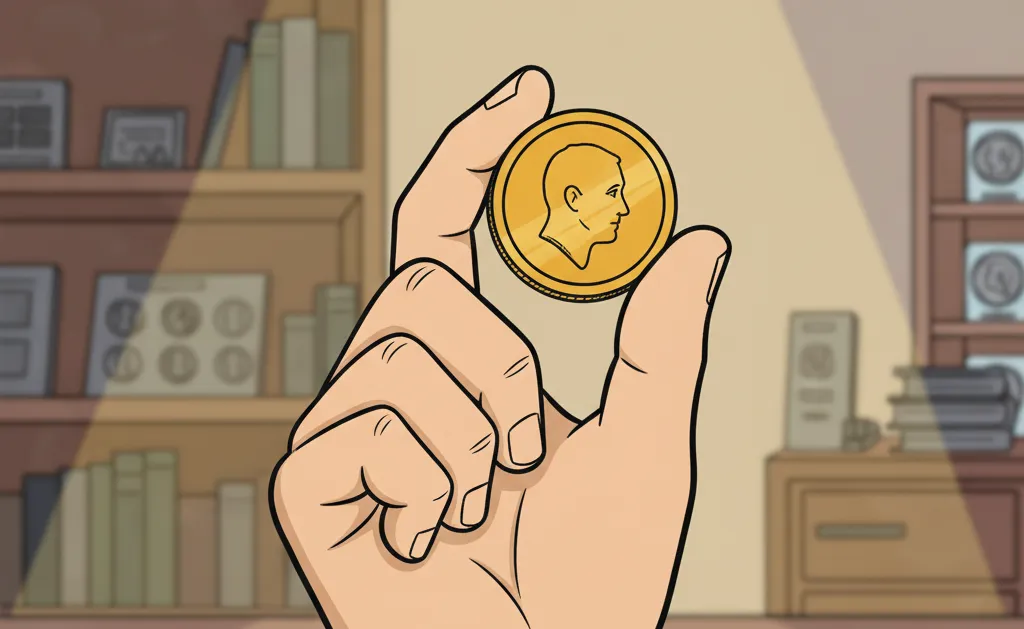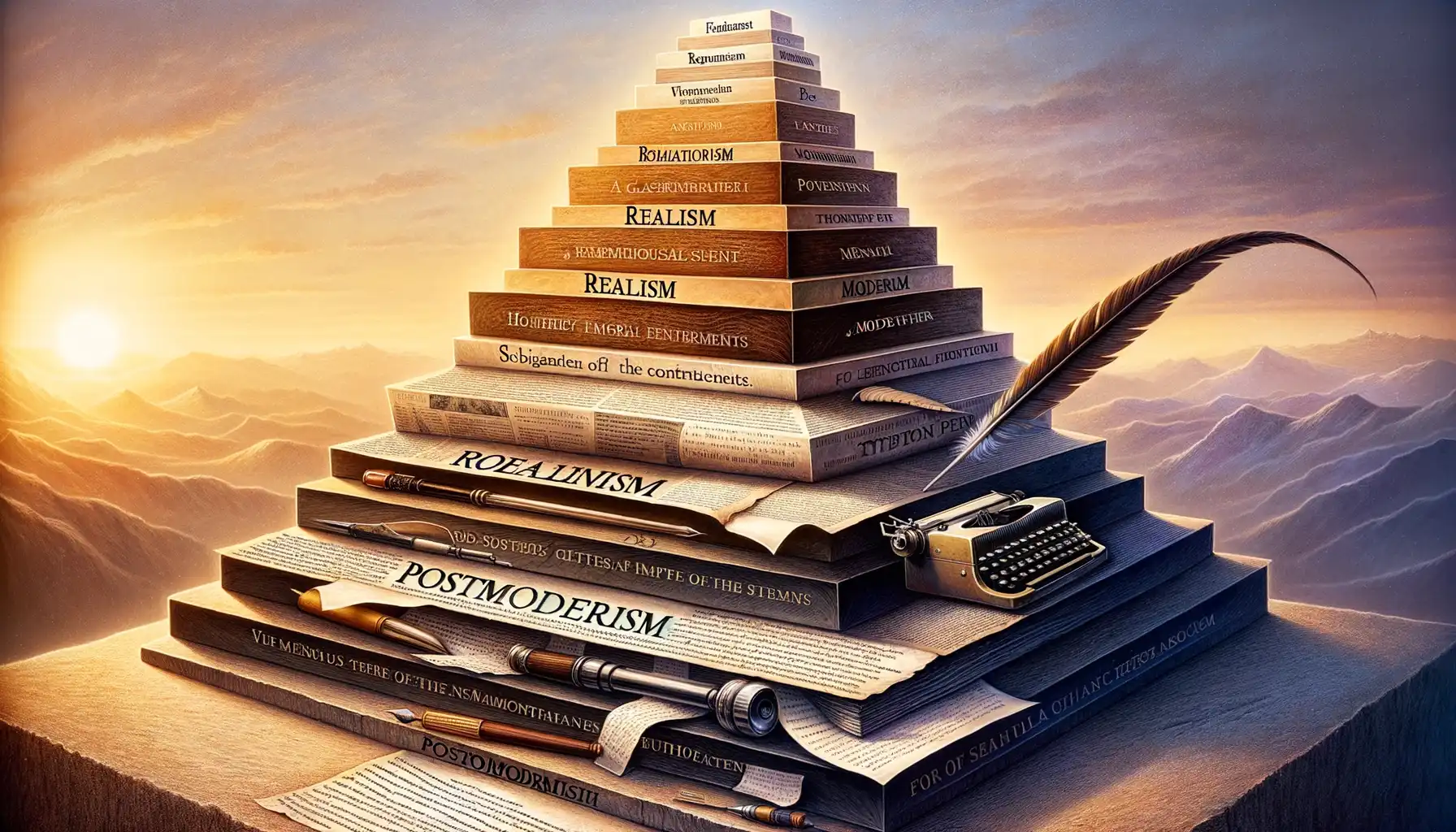Historical Background of Ancient Coins
Where Time, Art, and Power Meet
Imagine holding an ancient coin in your hand—a small, metal time capsule that whispers secrets of kings, empires, and bustling marketplaces long faded into dust. Ancient coins weren’t just currency; they were messages in metal, crafted to project authority, inspire loyalty, and connect people across lands. In their intricate designs, you’ll find the fingerprints of history itself.
Take, for instance, the glittering silver tetradrachm of ancient Greece. Not just a trade tool, but a stage for Athena’s fierce gaze or her owl’s unblinking wisdom—icons of Athenian strength. Or the Roman denarii, heavy with imperial propaganda: images of Caesar’s profile left no doubt about who ruled the world. These coins told stories, boasted power, and even served as tiny pieces of political theater.
- The earliest coins, like those from Lydia, were lumps of electrum, a natural mix of gold and silver. Functional, yes, but already artful!
- Persian darics came next, glorifying rulers with detailed engravings of royal archers.
- Chinese spade money? A quirky, practical precursor to the coin we recognize today.
Each piece carried a world, marking the fusion of artistry and necessity. Over centuries, currencies evolved—but their ancient DNA is unmistakable in modern coins.
Key Features of Ancient Coins Passed to Modern Currency
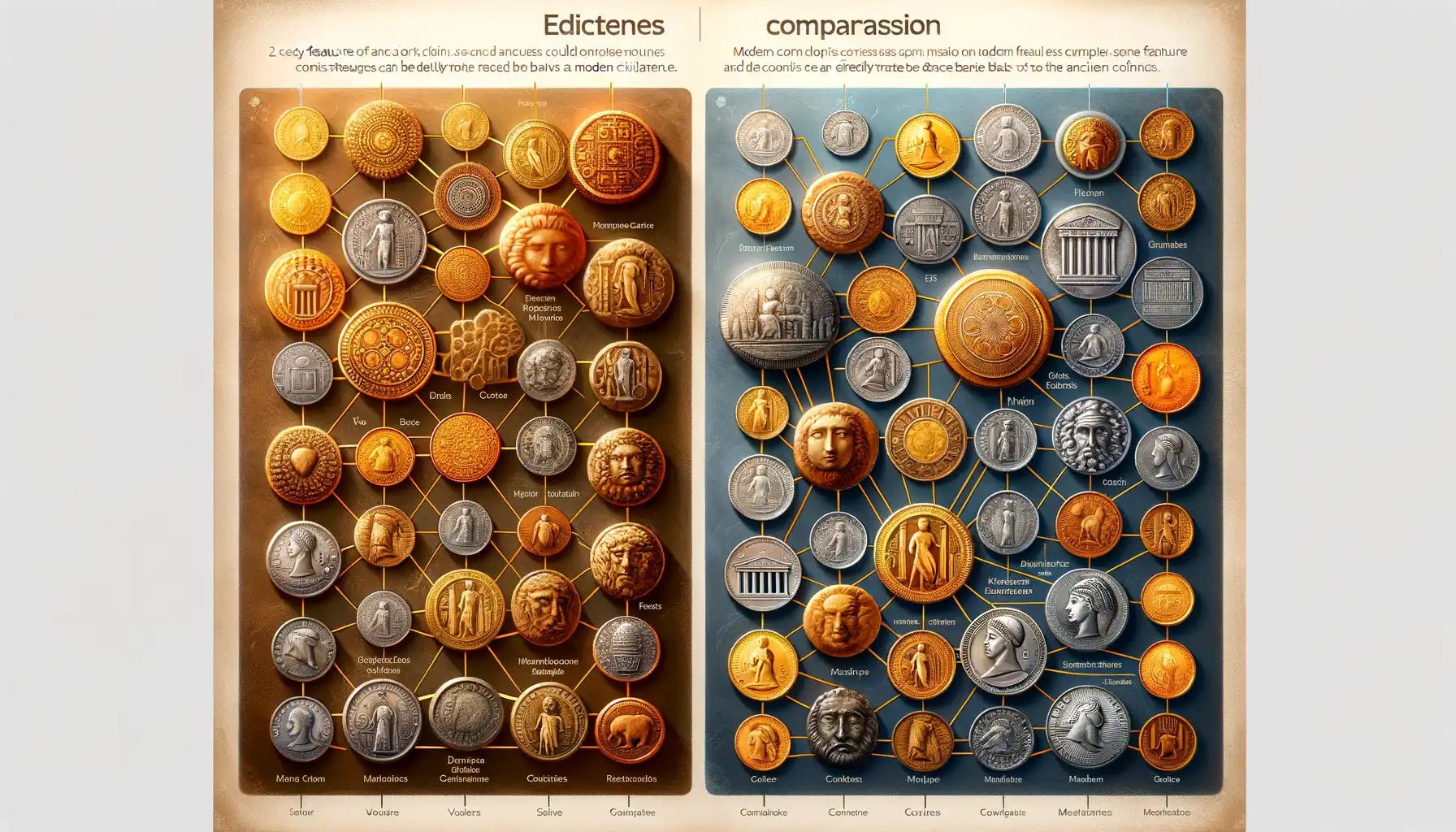
The Timeless Craftsmanship Behind Ancient Coins
Picture this — holding a piece of history that once jingled in the pockets of Roman emperors or Greek merchants. Ancient coins weren’t just currency; they were miniature masterpieces. Their design elements echo through time and still influence the coins jangling in your wallet today.
One key feature is their stunning symbolism. Ancient civilizations adorned their coins with images of gods, rulers, and mythical creatures to project power, divinity, and unity. Think of today’s modern coins—don’t they often carry the faces of influential leaders or national emblems? It’s no coincidence; this artistry was a language meant to inspire trust and identity.
Ancient coins also established the use of standard shapes and metals. That classic circular design? It wasn’t chosen randomly. Its practicality for minting and durability became a universal blueprint carried over to modern mints around the globe.
- Inscriptions: From Latin mottos to dates, ancient coins pioneered the practice of stamping text on metal to commemorate reigns or events.
- Weight and uniformity: By setting fixed weights, early coins laid the groundwork for consistent value — sound familiar?
These features weren’t just technical; they told a story, built trust, and ensured legitimacy. It’s fascinating how much of their DNA remains alive in our modern currency today.
The Role of Symbolism and Imagery in Coin Design
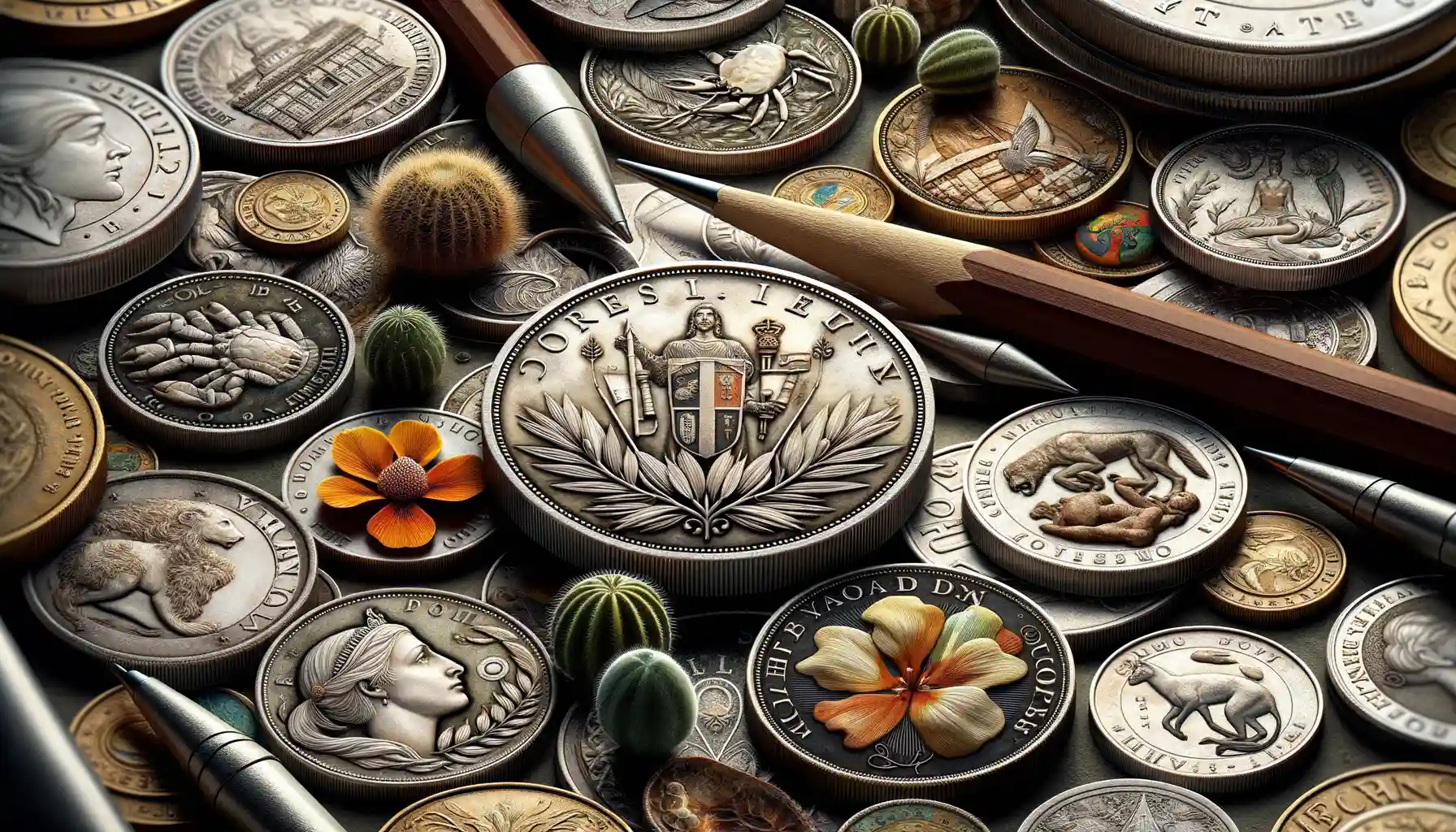
Ancient Symbols: Stories Cast in Metal
Close your eyes for a moment and imagine reaching into your pocket, pulling out a quarter, and holding it up to the light. What do you see? Perhaps it’s an eagle in full flight, wings outstretched with purpose. Now, think back—millennia ago, someone held a similar coin etched with a lion, a sunburst, or a laurel wreath. That’s the magic of symbols on coins. They’re not just carved bits of metal; they’re whispers from history.
Ancient cultures, like Rome and Greece, imbued their coins with potent imagery to communicate power, belonging, or even divinity. The owl stood for wisdom in Athens; the cornucopia promised abundance in Rome. These weren’t random choices—they were strategic, visual messages. Today, modern currency continues this legacy, ensuring coins are miniature art pieces that tell stories of heritage and identity.
- A soaring eagle represents freedom in American coins.
- A maple leaf on Canadian currency radiates national pride.
- The intricate designs of the Euro highlight cultural unity across countries.
Symbols have an ability to transcend language, capturing shared values in seconds. Each coin becomes more than currency—it becomes a storyteller in your palm.
Economic and Cultural Impact of Ancient Coins
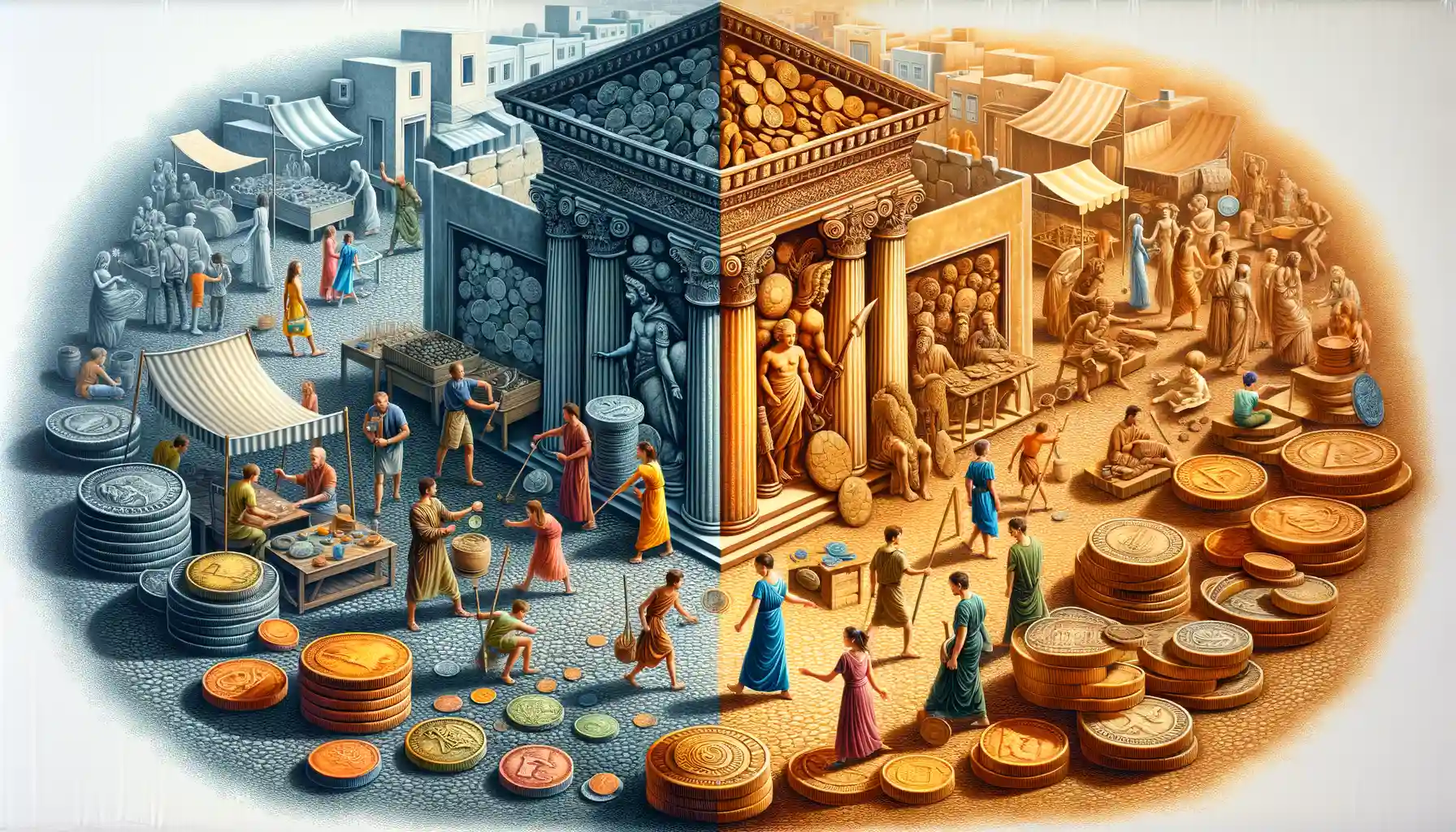
How Ancient Coins Shaped Trade and Society
Imagine a bustling marketplace thousands of years ago, with merchants showcasing their wares and customers clutching shiny coins bearing the likeness of emperors or gods. Ancient coins weren’t just tools of commerce—they were the very heartbeat of thriving economies and cultures. They didn’t simply buy grain or pay soldiers; they built empires.
Take the Roman denarius, for instance. Its consistent value allowed traders to connect markets from the Mediterranean to the far corners of Europe. The concept of standardized currency revolutionized trade, replacing the chaotic world of barter. Suddenly, a silver coin wasn’t just money—it was trust, stability, and the foundation of economic networks that mirrored today’s globalized economy.
- Economic Powerhouses: Coins enabled regional powers to dominate through controlled minting and circulation.
- Cultural Symbols: Each coin told a story, spreading ideas and political agendas across borders.
The Cultural Legacy of Coins
But there’s more—ancient coins carried cultural DNA. They were miniature works of art, often adorned with the faces of rulers, mythological creatures, or national symbols. The Greek drachma wasn’t just currency; it was a portable canvas celebrating Athena’s wisdom or Zeus’ thunderous might. Coins spoke louder than words, connecting diverse cultures through shared imagery. Even today, echoes of those ancient designs persist on our modern currency.
Lessons Modern Economies Can Learn from Ancient Monetary Systems
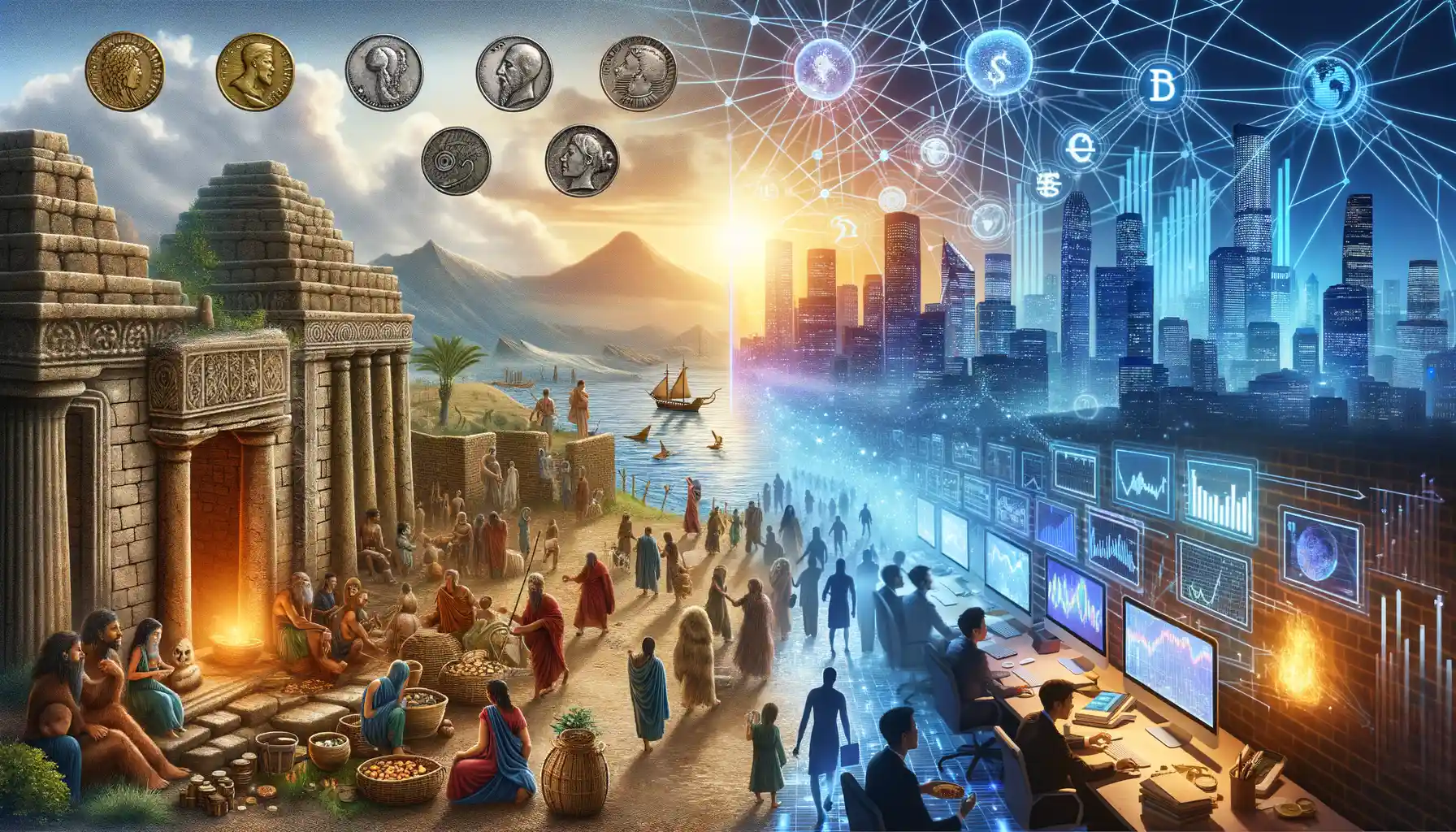
Timeless Strategies Hidden in Plain Sight
Imagine this: ancient marketplaces buzzing with tradespeople, each clutching coins of bronze, silver, or gold. These weren’t just pieces of metal—they were lifelines of trust, efficiency, and innovation. Modern economies? We’re still chasing the brilliance that fueled those age-old systems.
Take, for instance, the concept of intrinsic value. Ancient coins were often crafted from materials with real worth, like precious metals. This created stability in trade—no one questioned if a silver coin was “worth it.” Today’s fiat currency? Well, it’s an exercise in faith rather than fact. What if modern economies balanced this trust with something tangible again? Food for thought.
- Decentralized trade: Ancient monetary systems didn’t rely on towering institutions. Local autonomy thrived, creating flexible, resilient economies.
- Cultural unity through currency: Coins carried symbols that unified empires—think Alexander the Great’s profile or Roman gods. Could today’s global economy embrace shared symbols to bridge divides?
Built-In Checks and Balances
Ancient systems had a knack for curbing excess. Inflation? Counterfeiting? These weren’t new issues. Take Lydia’s first coinage system: its carefully measured weights made fraud nearly impossible. Sound familiar? Modern blockchain systems echo this precision! Maybe, just maybe, the ancients knew something we forgot.

